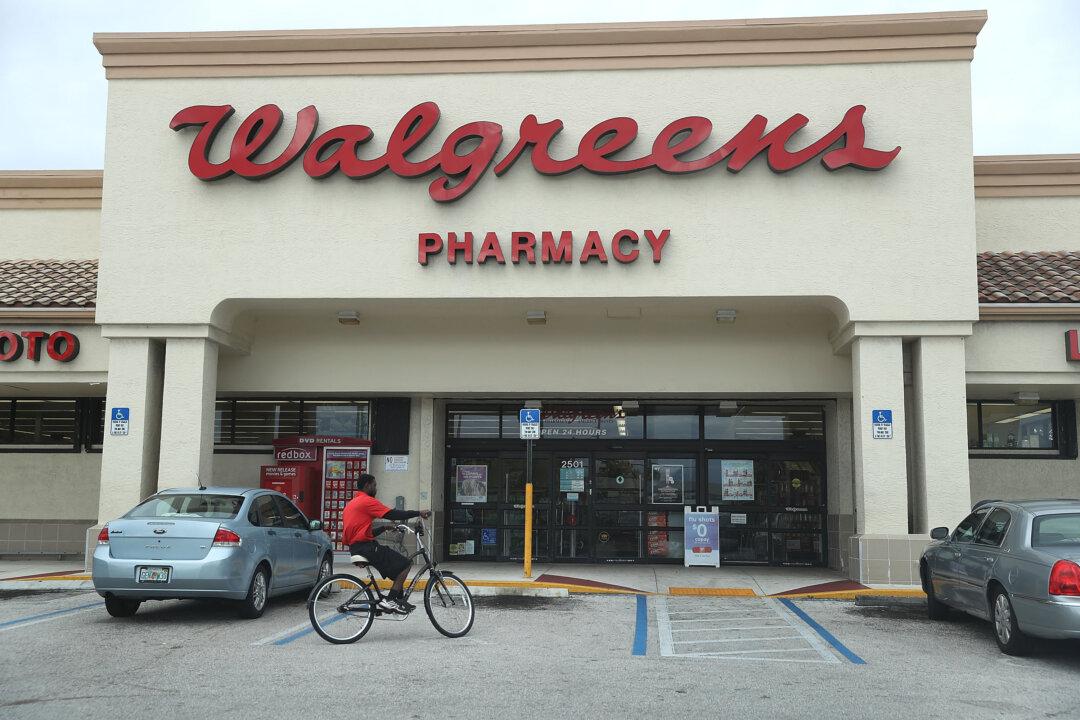Some employees at CVS and Walgreens pharmacies launched a three-day walkout that started on Oct. 30 over what they said is an attempt to get the companies to improve working conditions.
“Some of these stores are so grossly understaffed at the moment and just bogged down with not only prescriptions but the amount of immunization appointments and walk-ins that they’re expected to do,” said Shane Jerominski, a former Walgreens pharmacist and one of the organizers of the walkout.





